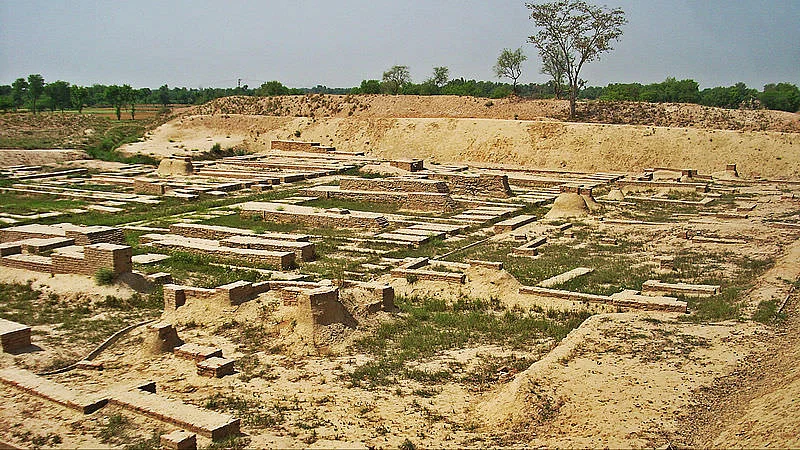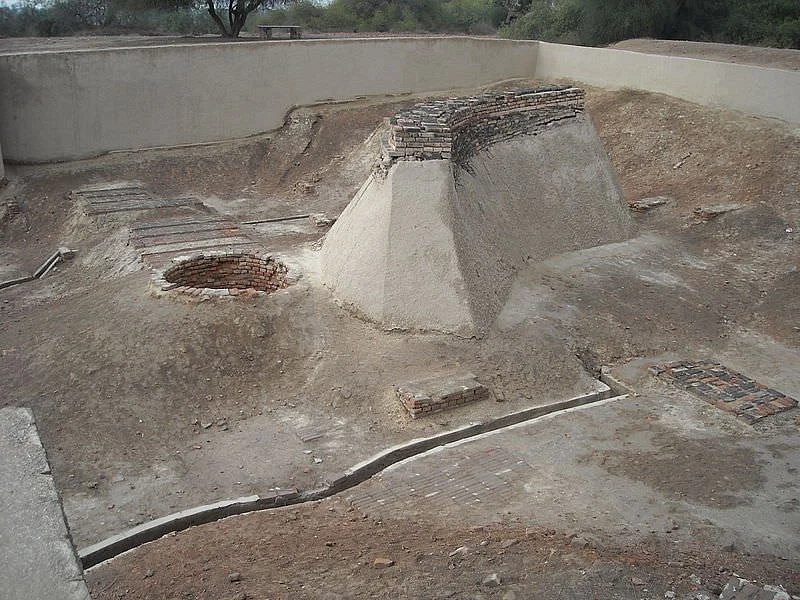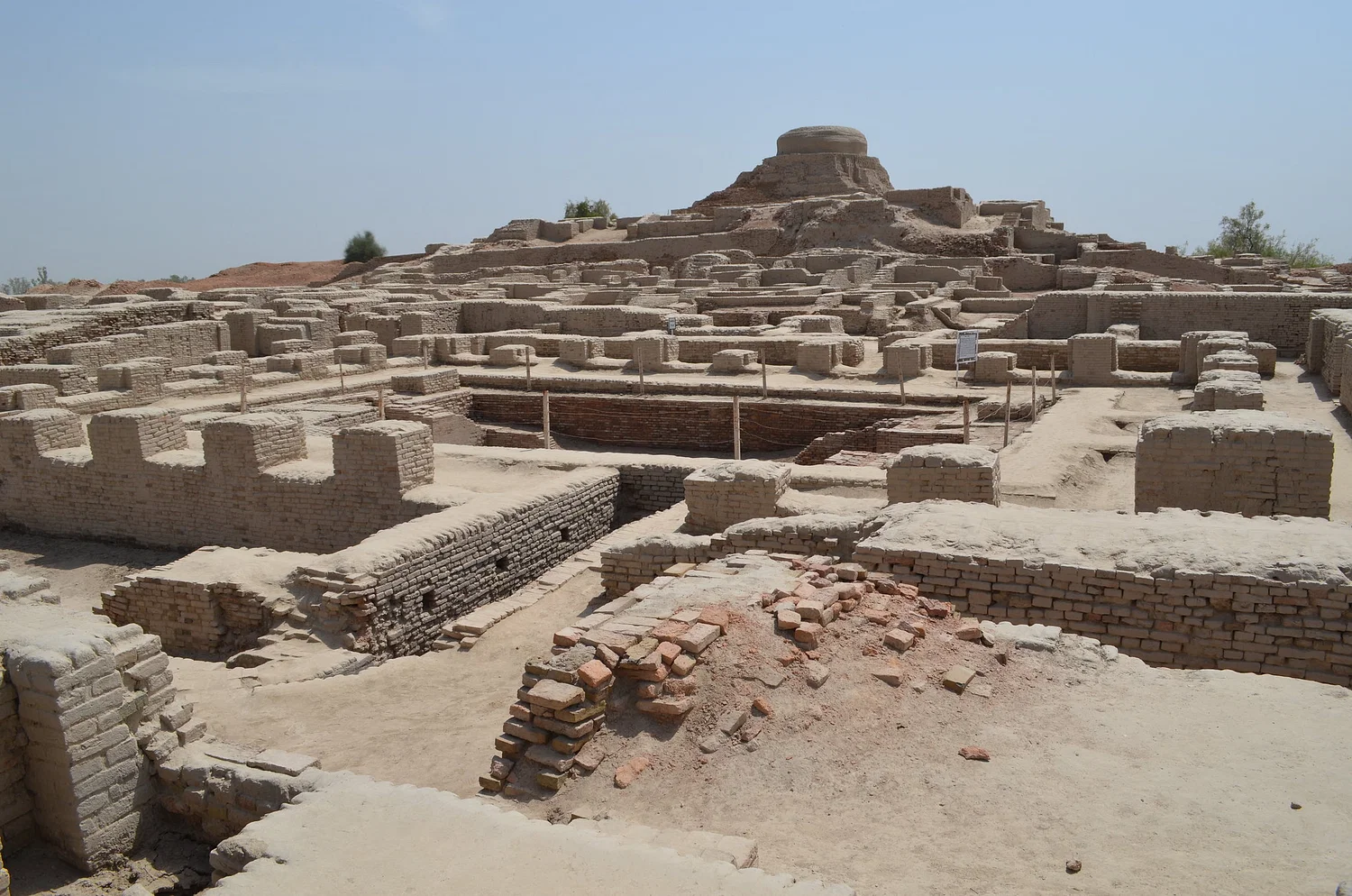Indeed, the Indus Valley Civilization archaeological site-ancient city of Harappa-is located in Punjab, western Pakistan. History has it that this was among the first civilizations to have urban culture; hence, referring to insights into early man and technology. We review herein the rich history of Harappa from rise to peak and its eventual decline and its abiding legacy.
Birth of Harappa
Origins and Early Settlements
History follows Harappa as far back as about 3300 BCE at the beginnings of the Indus Valley Civilization. First, it was a small settlement which in due time turned into a respectable township. Early Harappan settlements reflected their village structure in terms of modest design; be that as it may, for all their needs, it sufficed, and with the advance in agriculture and trade, there gave way to establishing a complex society.
The Mature Harappan Period
Mature Harappan Period represents the climax of achievement at Harappa. During this period, Harappa took shape as a-fully flowering urban settlement: well-planned city, architectural novelty, and a high degree of social organization. It was during this period that the Harappan civilization attained its peak with an enchanting urbanity along with economic affluence.

City Planning and Architecture
Layout and Infrastructure
It epitomises town planning with the facilities of a well-planned city in the form of flawless grid pattern. Cross-roads crossed each other at right angles. The buildings were made up of standardized bricks prepared by clays baked at very high temperature showed tremendous engineering prowess. The urban infrastructure included highly developed drainage system with the covered drains lying along the streets. It is the evidence of well-evolved public sanitation and urban management.
Structures of Importance
Among the famous structures are the granaries which were intended for storing surplus grain. Such evidence of a strong economy existed. Besides, the town was made up of large community buildings and private houses. Both speak to a more engaged social organization. The architecture in Harappa reveals both aesthetically keyed mind and utilitarian functioning. It relates the importance of the town in the region.
Society and Civilization
Social Organization
These houses speak to a probable class and status division in the Harappan civilization. Most details remain unknown, but the innumerable number of public buildings and granaries shows that probably there was a central government, as well as a source of labor mobilized for a variety of tasks. Various types of finds depict that the Harappan mode of life was complex and had different categorizations of labor distribution for trading, craftsmanship, and governance.
Daily Life and Culture
In the life of Harappa, the marks of highly organized life are seen. In it, the remains of very rich culture are displayed. Starting from the pieces of pottery, jewelry down to various seals-all these excavations hold the signs of highly flourishing culture, where the afterthoughts of both the artistic expression and practical utility come under consideration. It thus shows that several tools and domestic artifacts were in use, which presumes a high way of life while religious artifacts point to an evolved belief system.
Trade and Economy
Trade Networks
Harappa was an important part of the extended network of trade which extended within the borders of South Asia and even beyond that. Geographically it helped a great deal to conduct trades even with the most distantly located areas, for instance Mesopotamia. The trade conducted by traders in Harappans in cotton, beads and metal work further enhanced the place’s wealth and influence.
Economic Practices
Agriculture formed the backbone of Harappa’s economy, as there is evidence of a well-developed irrigation and crop management system in place. Of no less importance to this civilization was trade, which appears to have depended upon standardized weights and measures to show just how advanced such a mercantile system could be. The granaries and storage facilities of the cities depict an advanced order of resource management.
The Fall of Harappa
Reasons of its Destruction
From 1900 BCE there were a few contributing factors towards the destruction of Harappa. The contribution of ecological change involves the course of the rivers or climatic change which hampered agriculture as well as trade. There could be social strife or civil wars which took place and led to the abandonment of the city, finally .
Theories and Research
There are plenty of theories that generalize the fall of Harappa: degeneration of the environment, such as deforestation or salinization of the soil, which in turn has affected agriculture and led to its decline, was believed to take place; or changes in courses of the rivers turned into a change of trade routes and water supplies, others believe. Thus, all these theories stay under great consideration and contribution of new knowledge through ongoing research.

Renewal of Discovery and Archaeological Significance
The Identification of Harappa
It was the 1920s that British archaeologists rediscovered Harappa. Considering the study of civilizations, one of the most eventful happenings was this. The discovery brought into the limelight a primeval, hitherto unknown urban culture, and thus several decades of extensive research and excavation were put into it. Ruins at Harappa proved to be very informative with respect to early urbanization and social organization.
Archaeological Findings
A large number of seals, potteries, and tools have come out during excavations at Harappa. All such discoveries have been quite helpful in understanding the complex social-economic-cultural systems of the said city. Preservations and studies of these artifacts still provide much valuable information about its history.
Legacy of Harappa
Influence on Later Cultures
The legacy of Harappa speaks to the many cultural and technological developments passed on through successive civilizations in the Indian subcontinent. So much of the Harappan urban organization, craft technology, and trade was continued in later cultures, standing as a testimony to the impact this city has had upon the region.
Harappa Today
The ruins of Harappa form one of the most significant and popular archaeological and tourist sites of today. Renovation work, so as to safeguard this site from all sorts of natural and artificial dangers, is continuance. The site of Harappa shall remain a source of wonder, a case study for the dint of its valuable insights into the understanding of ancient city civilization.
Conclusion
Starting from the high plannings of the cities to rich culture, Harappa stands as continuum testimony to resourcefulness and civilization of one of the earliest town civilizations. Much is being said about early human society along with their fall. While scholars continue to carry out studies on this site, adding to the knowledge and understanding of the legacy left to us from that ancient city, they add to our appreciation for how much we owe this civilization in bringing us closer to the past.




